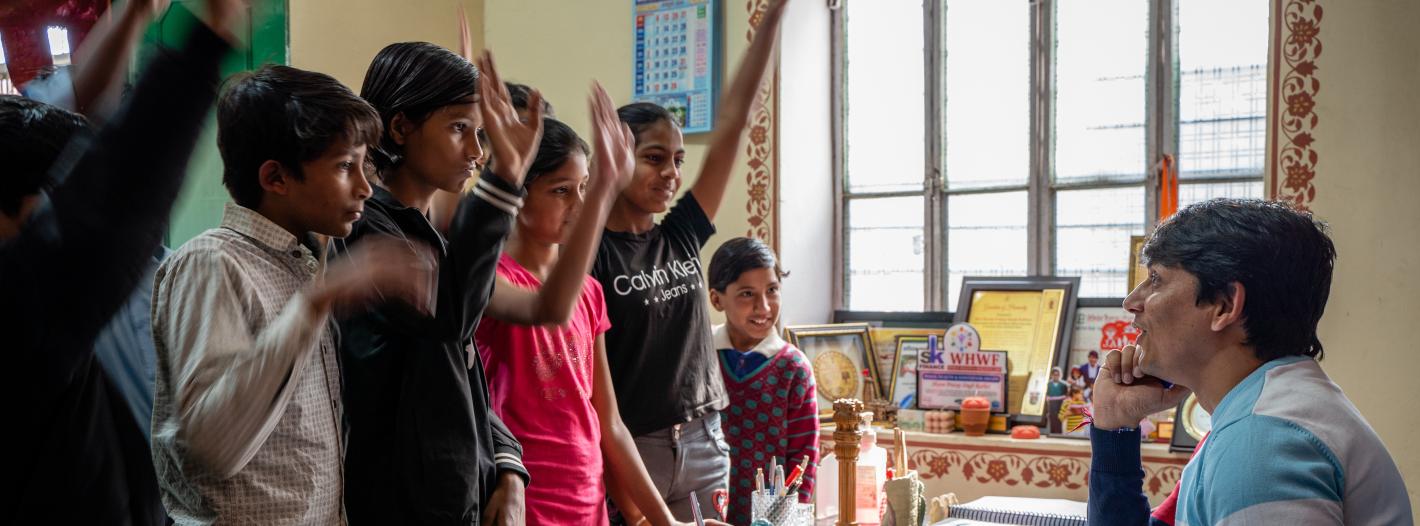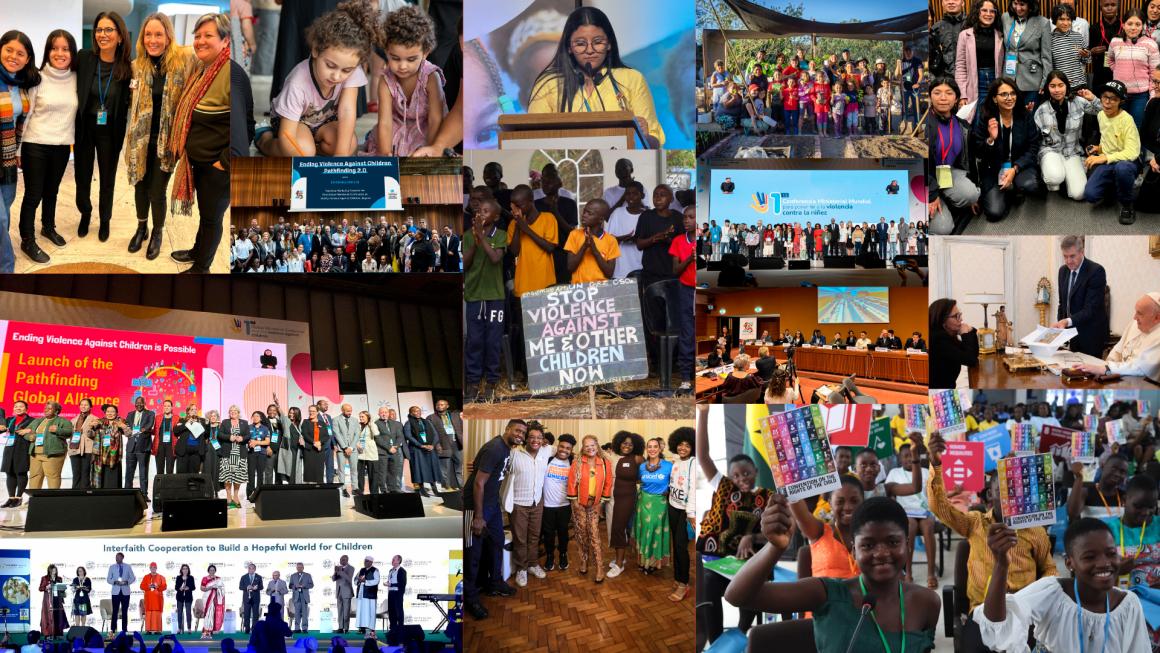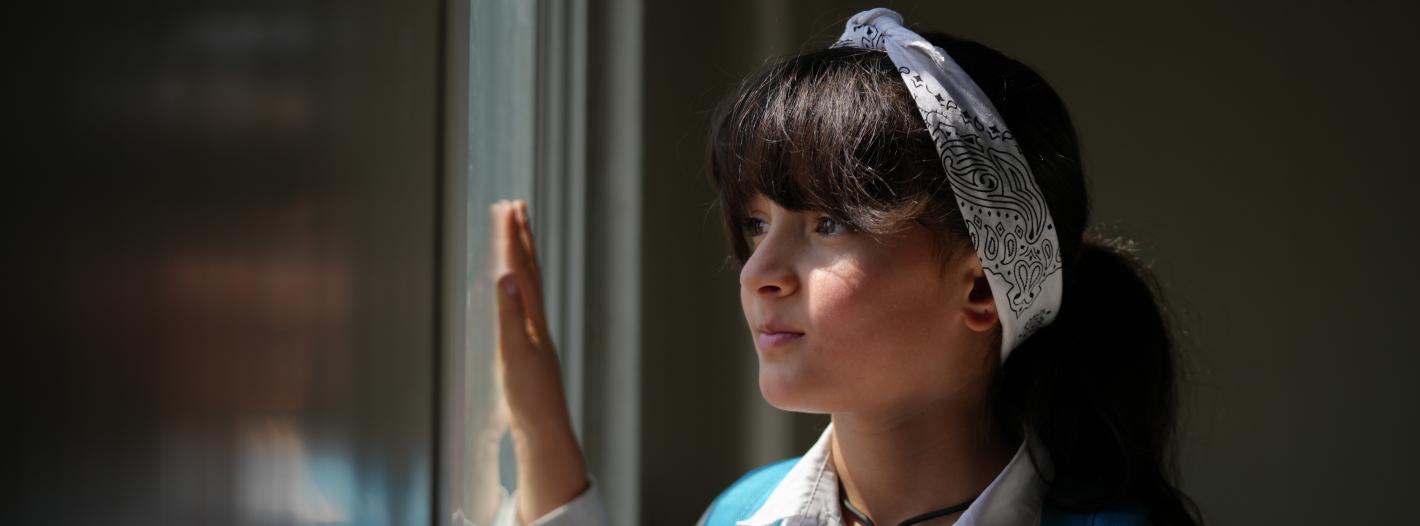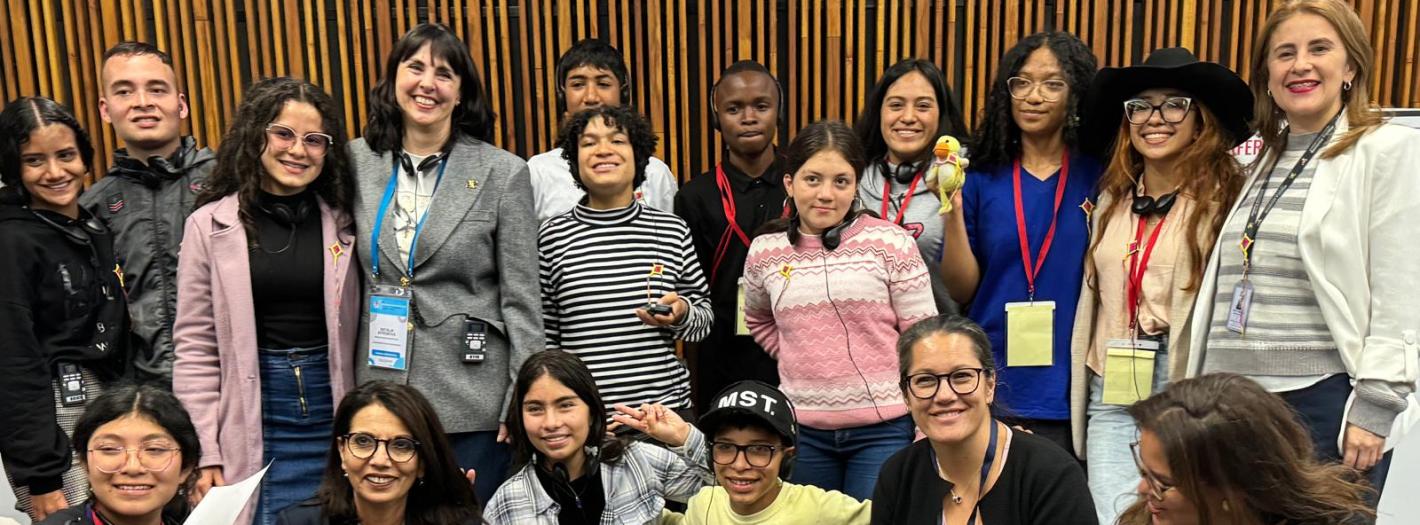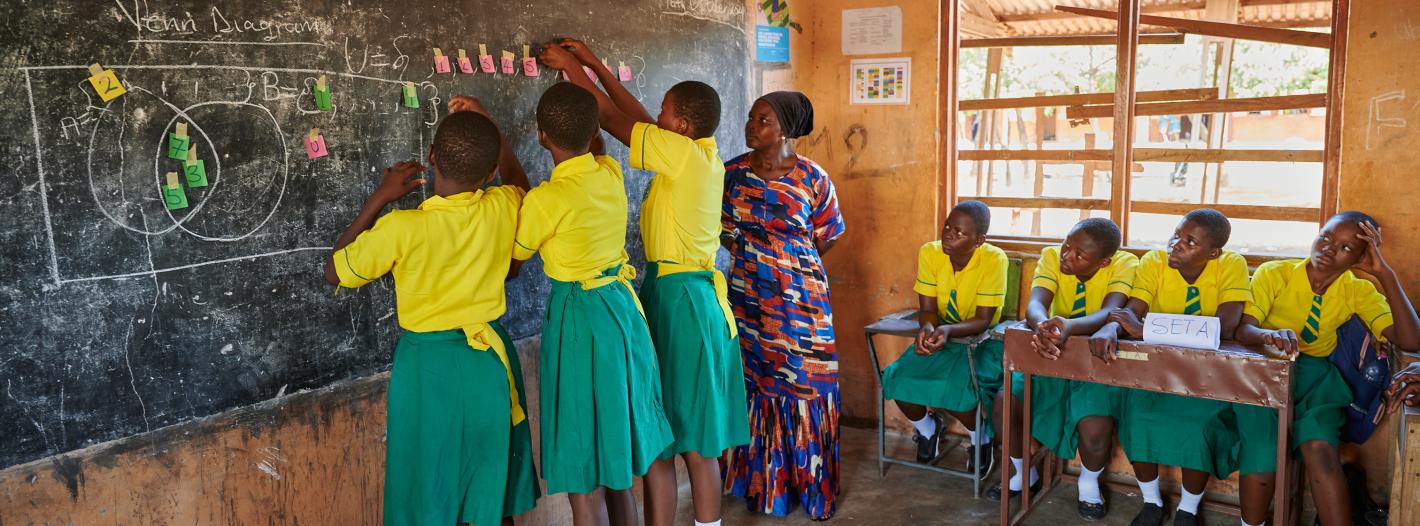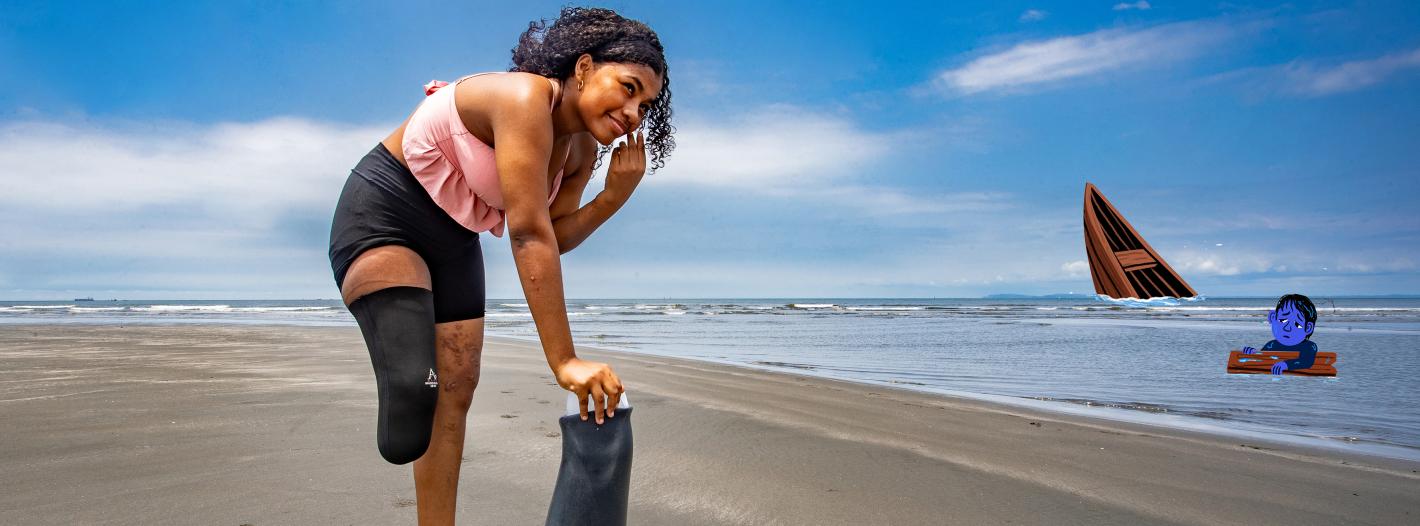Investment in children’s protection and well-being is needed more than ever
2025
2024 marked a significant year of widespread mobilization involving various stakeholders, culminating in the first-ever Global Ministerial Conference on Ending Violence against Children. The Pathfinding Global Alliance on Ending Violence against Children was launched during this conference. This pivotal year demonstrated a stronger global political commitment. It provided unprecedented opportunities for peer learning and the sharing of impactful…
Our pillars
Contributions received
2024 | 2025 | 2026 | |||
| Member state/ Organization | Contributions received (in USD) | Member state/ Organization | Contributions received (in USD) | Member state/ Organization | Contributions received (in USD) |
| France | 12 months JPO | Iceland | 498,000 | Iceland | 500,000 |
| Iceland | 288,000 | Luxembourg | 30,100 | ||
| Luxembourg | 33,000 | CIFF (Children's Investment Fund Foundation) | 500,000 | ||
| Monaco | 11,000 | ||||
| Poland | 101,800 | ||||
| Portugal | 10,400 | ||||
| Spain | 42,000 | ||||
| UN Pool Funds | 61,500 | ||||
Summary of resource requirements
The funding appeal covers 2025. The total funding required to achieve the intended results is USD 5.4 million, with USD 1.4 million still needed to cover additional budgetary requirements. The Trust Fund’s Program Support Costs are 7%, with 15% of the required funding as annual reserves. Financial requirements are based on estimates as of February 2025. The Trust Fund’s financial reporting is done systematically through the annual report of the mandate and in line with the agreement with the donor.
Type of budget | Funds (in USD) |
| Estimated funding requirements | 5.4 millions |
| Regular budget | 3 millions |
| Extra-budgetary contributions | 1 million |
| Funding Gap | 1.4 million |
Act now to end violence
If you or the organization you represent would like to contribute, you can contact us by clicking the below button.


